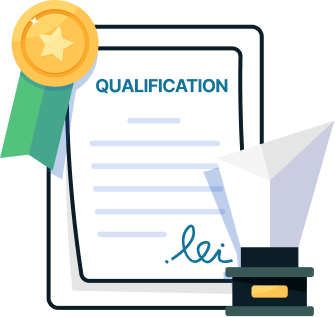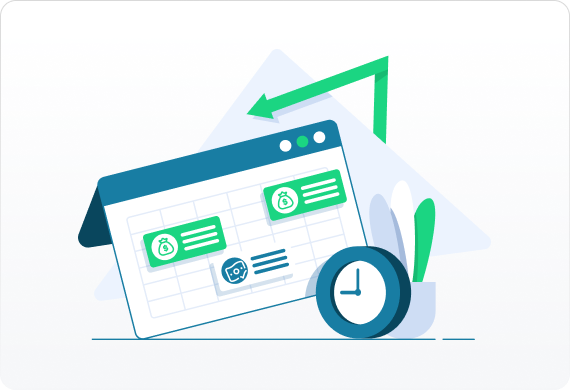If you have applied for a business loan with a traditional lender and been denied on the grounds that you are “high risk,” you probably want to know what that means. And if you have any other options for obtaining capital.
The good news is that there are high risk business loans available, but you will need to know the factors that will outweigh the risks you present to lenders. Shield Funding has been helping small business owners secure high risk business loans for more than a decade. The process is fast and easy and you can apply online.







